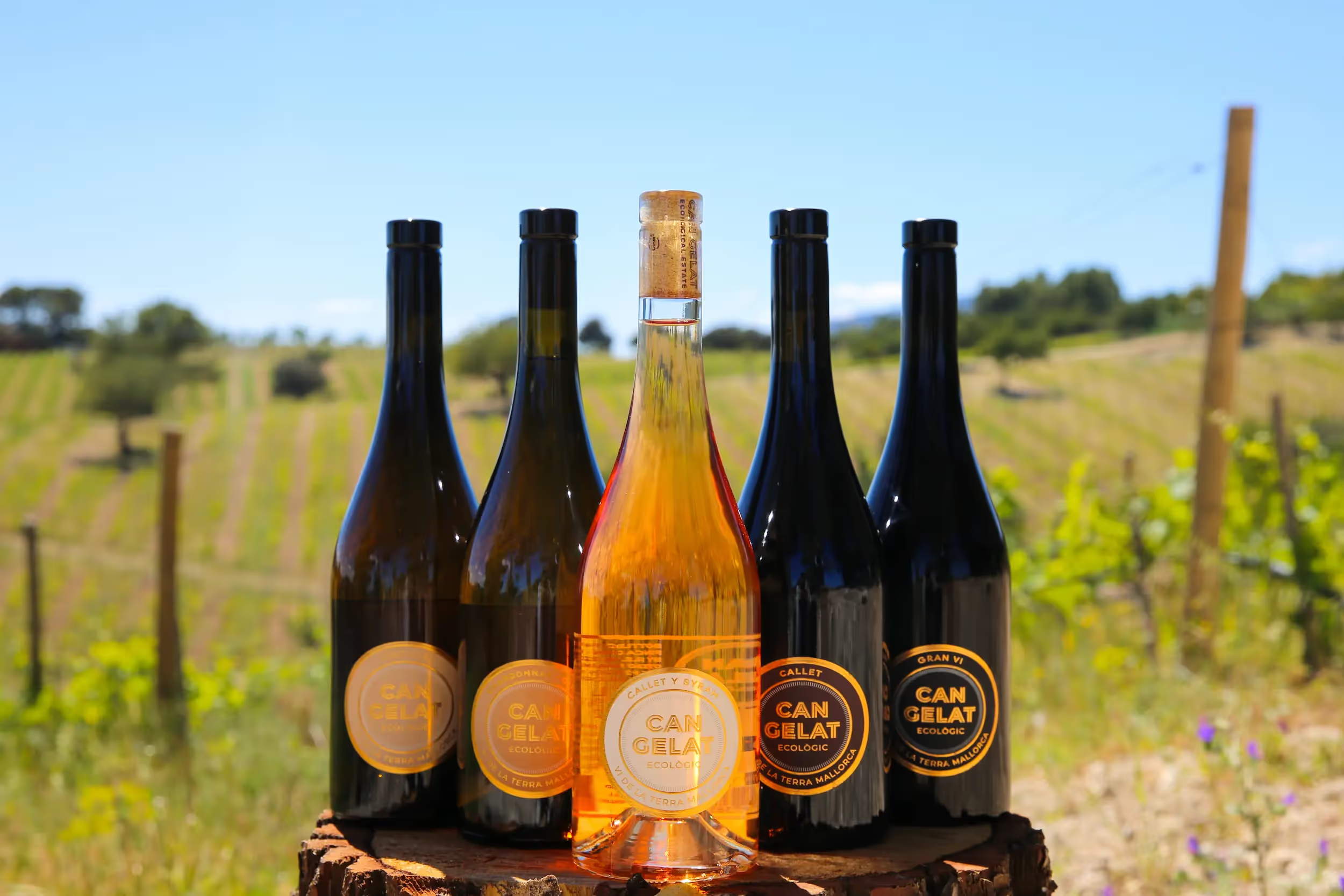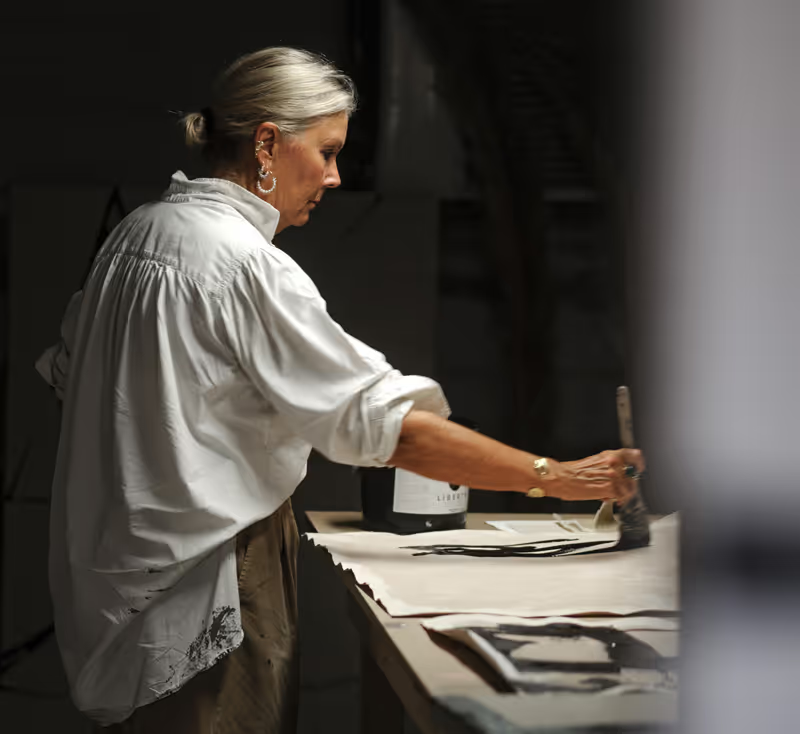
C
an Gelat es una propiedad de 30 hectáreas situada a poca distancia de Moscari, con vistas a las montañas al oeste y al mar al este. Durante décadas, la tierra estuvo sin usar, marcada solo por los restos de una antigua casa de piedra y olivos silvestres, pinos y algarrobos, pero en 2013, el empresario holandés Wim Lochtenberg y su familia compraron la tierra y la transformaron lentamente en un floreciente oasis mediterráneo, sus colinas de suave pendiente llenas de una variedad de especies de plantas y árboles, junto con hileras e hileras de vides. Como muchos en Mallorca, Lochtenberg y su familia se mudaron a la isla para cambiar de estilo de vida. Tenían la idea de crear un viñedo, pero no fue hasta que contrataron a especialistas para evaluar el suelo y su potencial para el cultivo de la vid cuando decidieron lanzarse y comprometerse. «Cuando se pone en marcha un viñedo», dice Lochtenberg, «no se puede detener. Está contigo siempre y construyes tu vida en torno a él».
Como suele ocurrir con las fincas históricas mallorquinas, el nombre Can Gelat tiene una historia intrigante. Can Gelat se traduce esencialmente como «casa de hielo», en referencia al siglo XVII, cuando Mallorca tenía un próspero comercio de «neu i gel» (nieve y hielo). En esta región, cerca de la Sierra de Tramuntana, había muchas «casas de nieve» y «casas de nieve» que se utilizaban para almacenar bloques de hielo que luego se transportaban y vendían a Palma e Inca. Es probable que la propiedad se haya utilizado alguna vez para esta industria. Lochtenberg también explica que, al mismo tiempo, también es plausible que «Gelat» fuera un antiguo apellido o apodo, como ocurre con muchos topónimos mallorquines. «En este caso, puede referirse a alguien relacionado con el comercio de hielo o la recolección de nieve, por ejemplo, un obrero, un comerciante o el supervisor de una casa de nieve (el Gelat, 'la helada')».
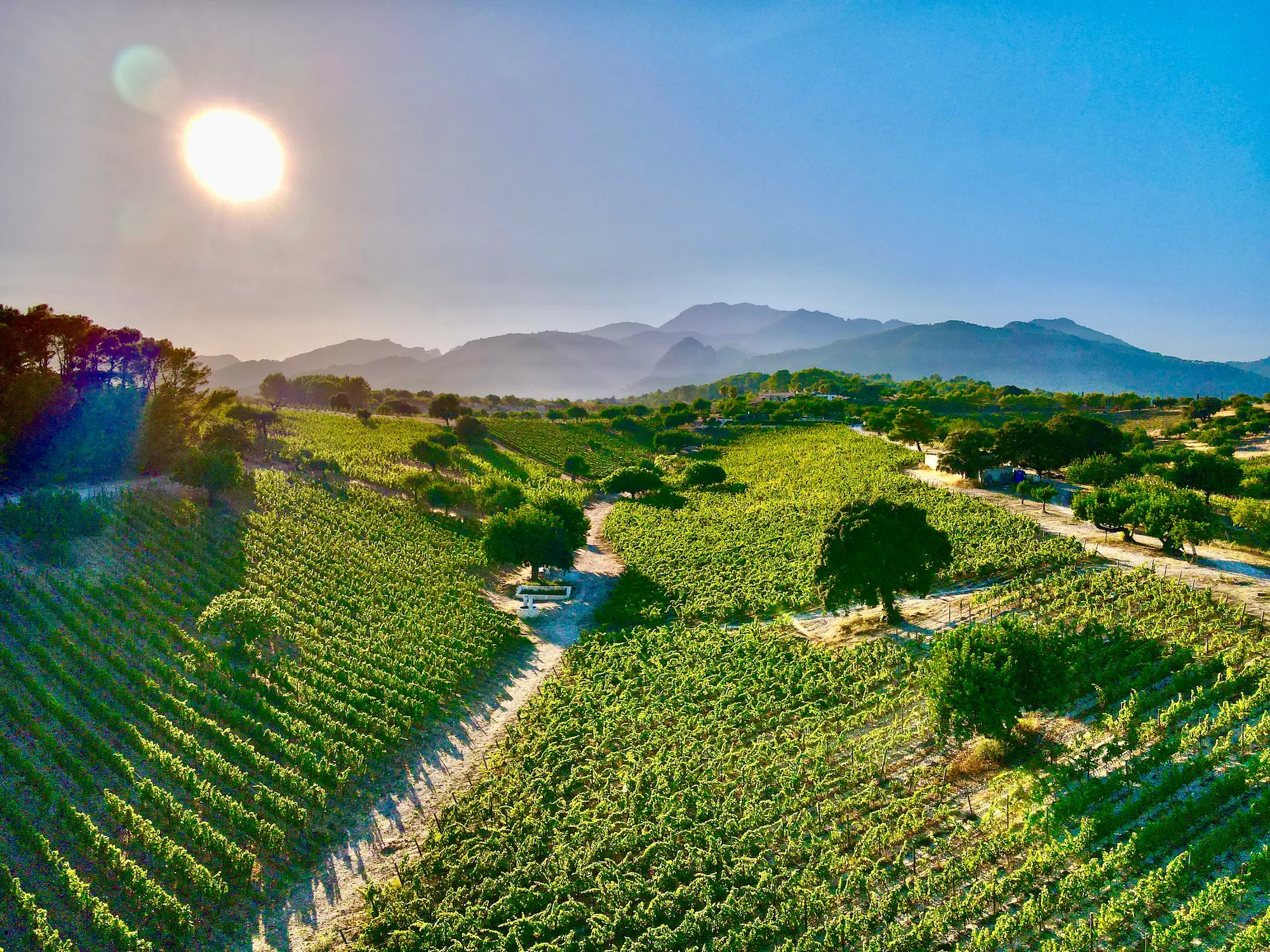
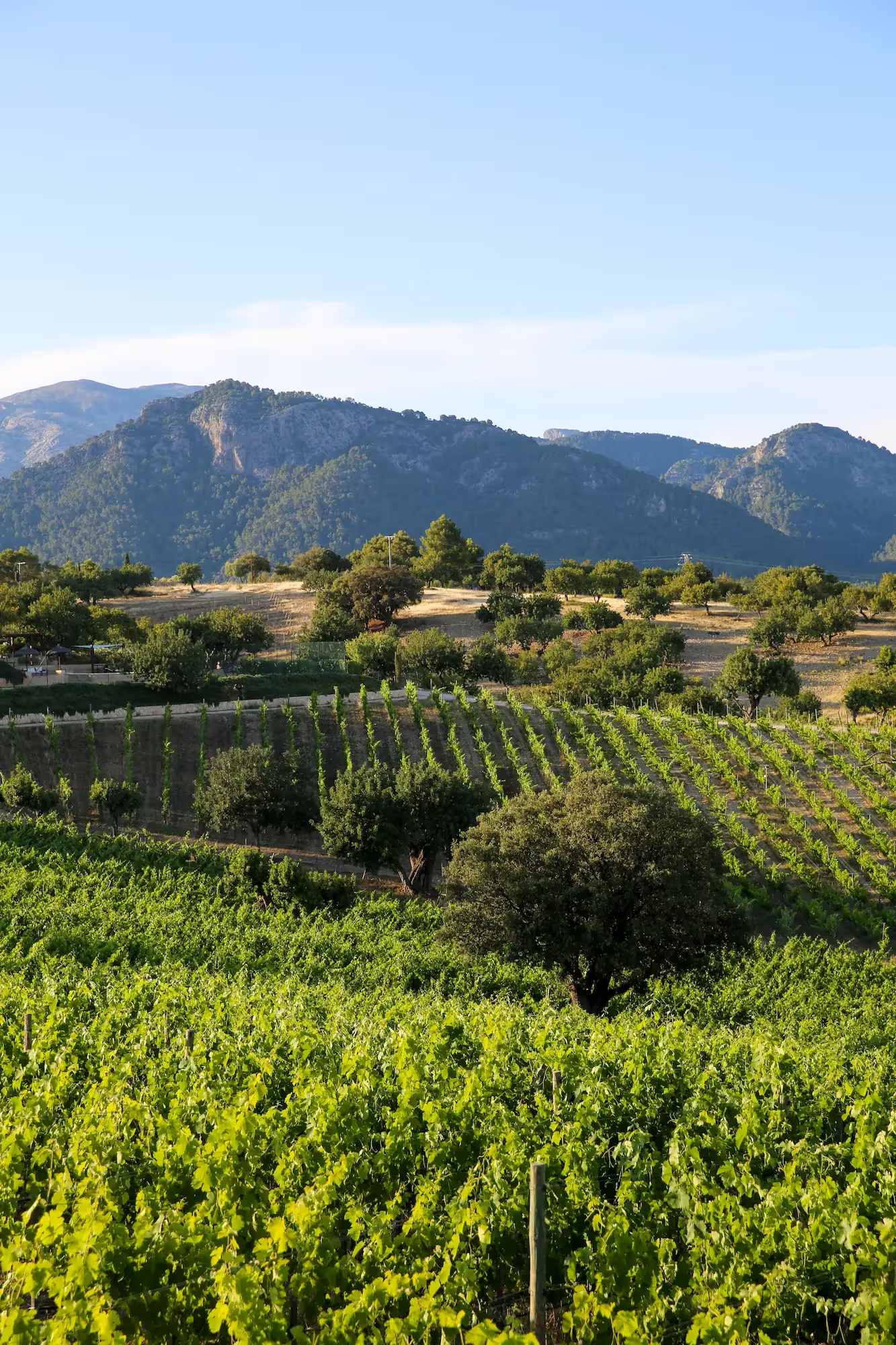
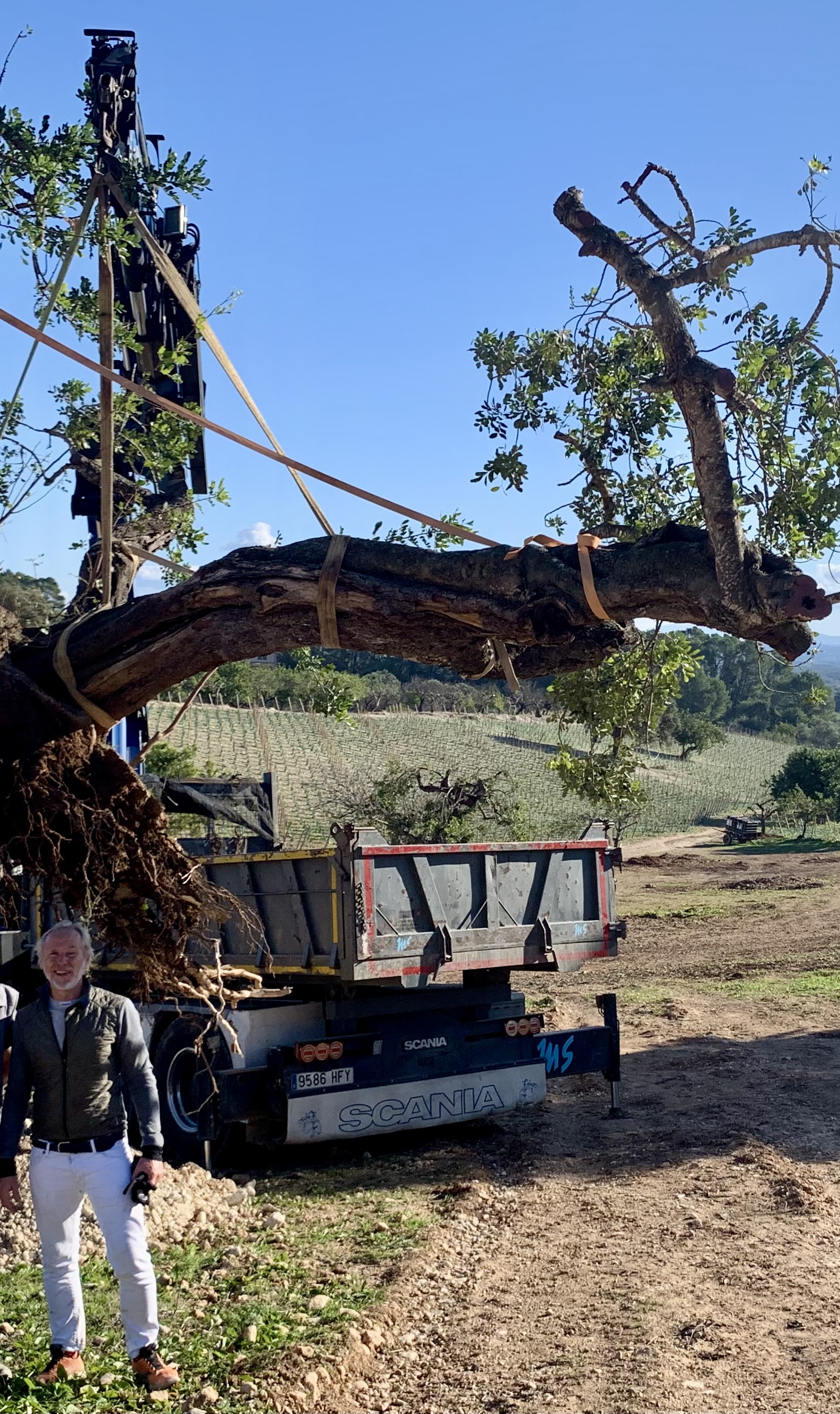
.avif)
